【Event】SCIVAX will exhibit at SEMICON Taiwan 2025
<<SEMICON Taiwan 2025 >> ■Date : Sep 10–12, 2025 ■Venue : TaiNEX 1, Taipei ■BOOTH : K2760 (崇越科技)
HOME / 【Information】Simulation Example | SERS (Surface-Enhanced Raman Scattering)
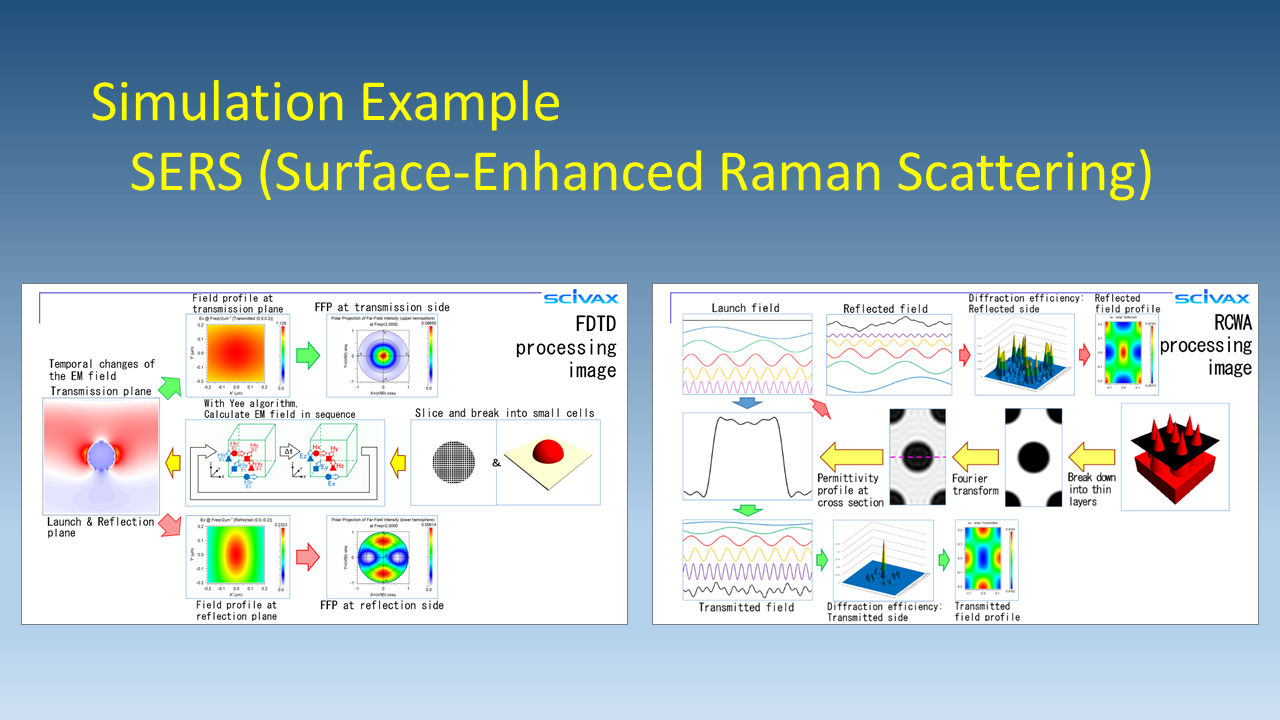
We SCIVAX offer foundry services using nanoimprint technology, as well as the advanced analysis services using sophisticated simulation technology.
The SERS (Surface-Enhanced Raman Scattering) has been increased its importance in many research fields. For example, biology, material science, electrochemistry, surface science, and so on.
In SERS, laser light is launched on the metal surface to excite surface plasmon, it results in electromagnetic field enhancement. Raman enhancement factor is proportional approximately to the fourth power of the field amplitude enhancement, so a hundred field enhancement will read to a hundred million SERS effect. It covers wide range of wavelength from visible to near infrared (450 to 2000nm). However, biological transparent windows (700 to 1400nm), which can be applied to medical care, are relatively narrow.[1]
The chemical enhancement effect which is another factor of the SERS effect is not covered here, because it is not possible to handle it in an optical simulator. The mechanism of SERS is not completely analyzed yet, but we will try to understand it and to prepare it for use in advanced applications. We will use RCWA (Rigorous Coupled Wave Analysis) to optically analyze SERS effect.
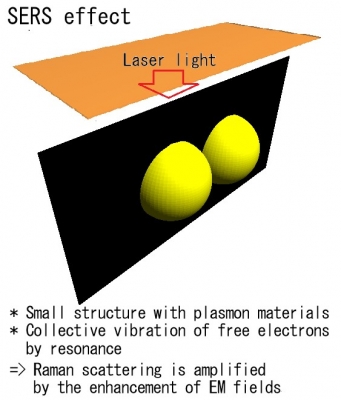
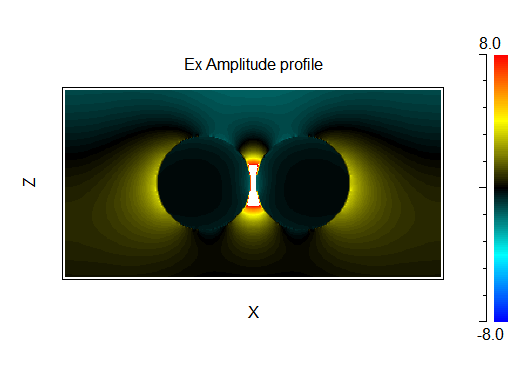
The SERS effect will be occurred with following requirements:[1]
(1) The feature sizes are clearly below the wavelength of light.
(2) The ratio between real and imaginary parts of complex dielectric function is large, and the value of the real part is in the negative range.
(3) The electrical field gradient is sharp at the point.
And further requirements:
(4) Chemical and biological compatibility with the analytes or cells which have to be measured.
(5) Chemical and temporal stability.
(6) Reproducible and economical preparation.
In general, small spherical particles exhibit a resonance strength that is proportional to Re(-εm)/Im(εm), where εm is the permittivity of the plasmonic material. When the particle geometry is more complex than a sphere, the local surface plasmon resonance (LSPR) wavelength and its strength will change. For example, the geometry changes from a sphere to cigar-like elongated structures, the resonance quality varies as {Re(εm)}^2 /Im(εm).[2][3][4]
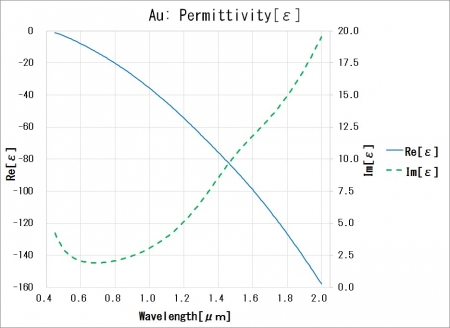
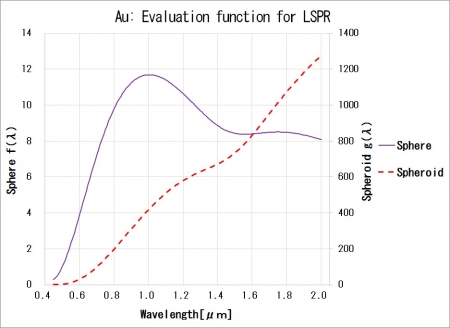
* History of analysis method for SERS:
In the early days, DDA (Discrete Dipole Approximation) was used. Then, FDTD (Finite Difference Time Domain) has become popular. Recently, there are many analysis reports with RCWA (Rigorous Coupled-Wave Analysis).
* Comparison of major analysis methods (FDTD vs RCWA):
FDTD can be applied for all types of analysis because it doesn’t use any approximation. FDTD can detect the wavelength of SERS effect easily. But, in FDTD analysis, enormous calculation resources (memory, CPU time) are necessary to keep enough precision. Once we have identified the wavelength of the SERS in the parameter scan, RCWA is easy to use and it requires less calculation resources than FDTD.
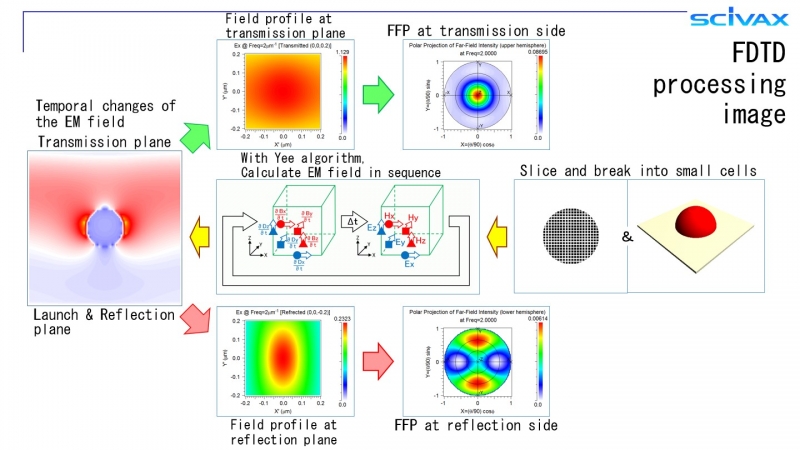
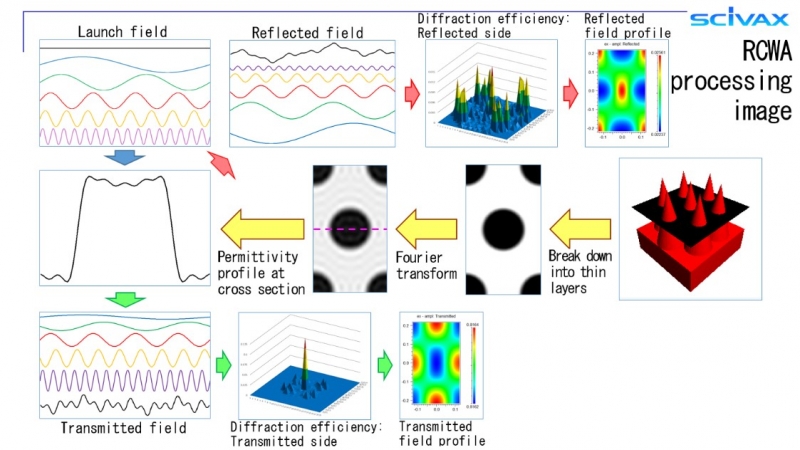
* Model Dimension:
With 3D model, we can set polarization freely for the structure, but SERS effect occurs only for restricted polarization, so 3D model doesn’t have the advantage for 2D model. But, the performance evaluation for slight polarization error can be analyzed with 3D model only. With 2D model, only two polarizations (TM: transverse direction, TE: longitudinal direction) are exist in principle, SERS effect occurs only for TM polarization.
* Model Structure:
For two adjacent Spheres and Cigar-like Spheroids, we already have the answer. But for new structure which we want to analyze from now, we must find the answer by ourselves.
* Material Database:
For frequently used materials (Au, Ag, PMMA, and so on), they might be already registered in a library of simulator, so we can select and use it very easily. For the materials which are rarely used, we can read complex refractive index or complex permittivity of the materials, then we can use them by a similar way.
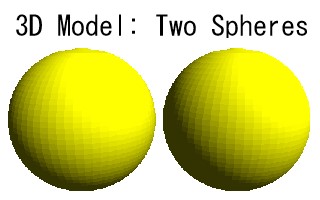
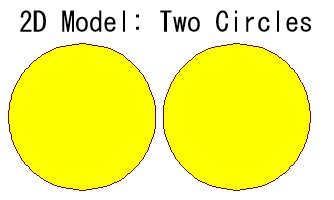
The details of this design example are not yet available to be published, but the SERS effect is caused by a narrow gap between the same metals. The analysis results for the two cases are shown below.
In the first case, the electric field enhancement is maximized. When the electric field profile is normalized by the power of the incident light, the electric field is enhanced by 140 times or more.
Notes:
Because the SERS effect is caused by a local field enhancement, it is necessary to specify a large enough harmonics value to increase the resolution of the field profile. In SERS, it is not possible to analyze with a small harmonics value, as in the case of a DOE (Diffractive Optical Element). Harmonics is one of the RCWA analysis conditions and it is sufficient to specify the maximum diffraction order for DOE analysis.
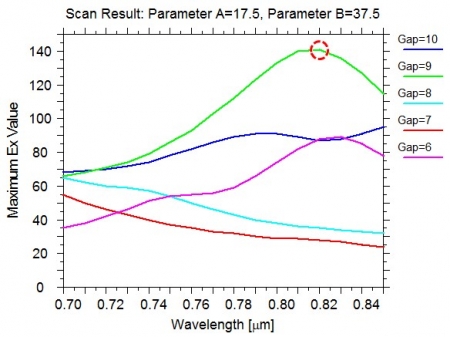
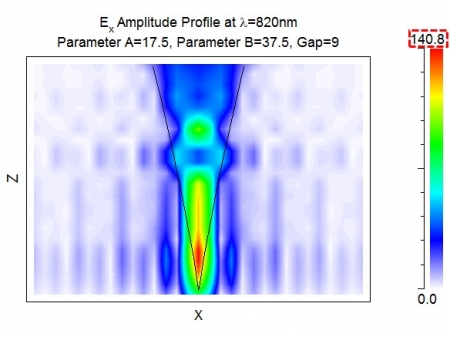
The next case is to find a combination of parameter values that have a relatively strong electric field enhancement and have excellent stability. When the electric field profile is normalized by the power of the incident light, the electric field is enhanced by 95 times or more. And also, even if the parameter “Gap” in three design parameters changes by ± 12.5%, the change in the field enhancement can be suppressed within a few percent.
The field distribution is different from the case where the field enhancement is maximum. There are two areas where the maximum value can be obtained, and the field enhancement is occurring in a wider area.
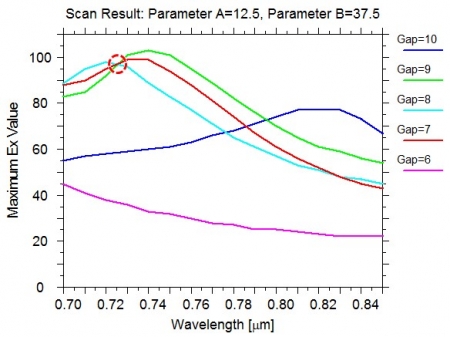
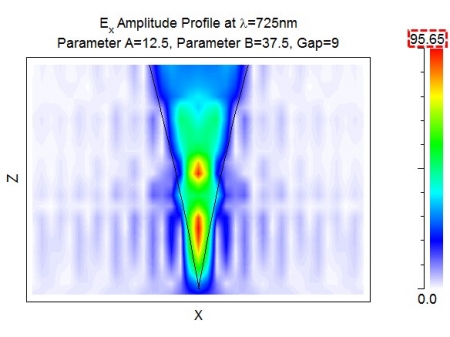
Even if the mechanism of SERS has not been completely explored, we think, we can contribute to theoretical research by understanding the physical meaning and using the appropriate tools and appropriate conditions.
[1]
SERS: a versatile tool in chemical and biochemical diagnostics,
K Hering et al., Analytical and Bioanalytical Chemistry 2008,
Volume 390, Issue 1: Page 113-124
[2]
Alternative Plasmonic Materials: Beyond Gold and Silver,
Gururaj V. Naik, Vladimir M. Shalaev, and Alexandra Boltasseva,
Advanced Materials 2013, Volume 25, Issue 24: Page 3264-3294
[3]
Searching for better plasmonic materials,
Paul R. West et al.,
Laser Photonics 2010, Rev. 4, No. 6: Page 795-808
[4]
Optical properties of metallic films for vertical-cavity optoelectronic devices,
Aleksandar D. Rakic, Aleksandra B. Djurisic, Jovan M. Elazar, and Marian L. Majewski,
Applied Optics, Vol. 37, No. 22, 1998
▼ If you have any questions or unclear points, please feel free to cotact us.
https://www.scivax.com/en/inquiry/
<<SEMICON Taiwan 2025 >> ■Date : Sep 10–12, 2025 ■Venue : TaiNEX 1, Taipei ■BOOTH : K2760 (崇越科技)
VP Okuda Delivers Lecture at Kawasaki Junior Venture School Our Vice President, Okuda, served as a g
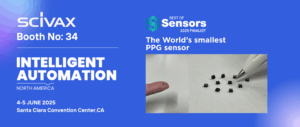
<<Intelligent Automation >> ■Date : 4 – 5 June 2025 ■Venue : Santa Clara Convention Center, CA ■

NANOBIC 7-7,
Shinkawasaki,
Saiwai-ku, Kawasaki City,
Kanagawa Prefecture
212-0032